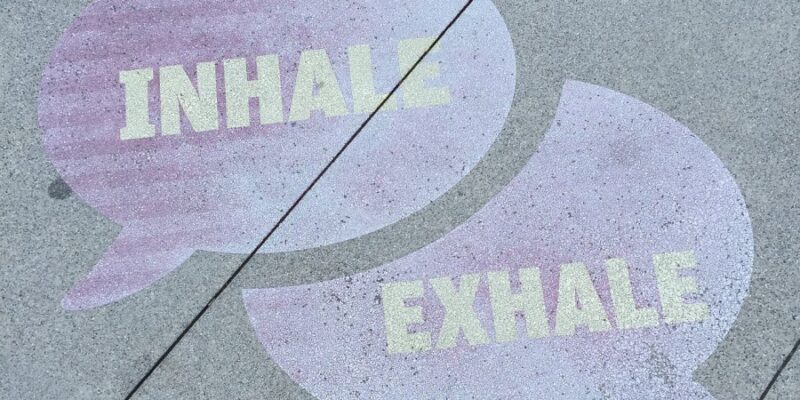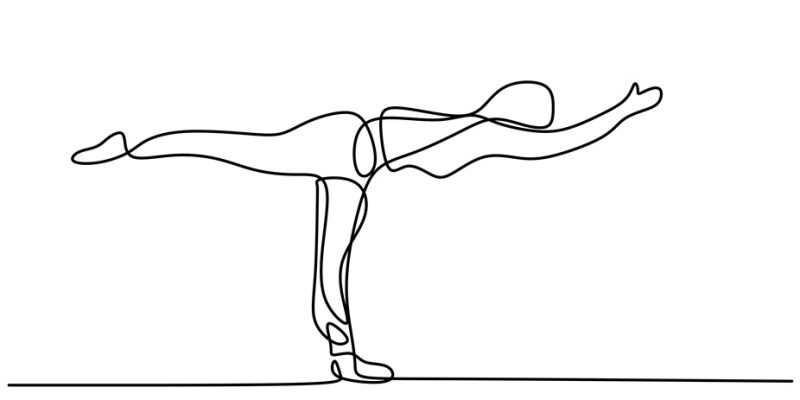
In this post, we take a look at the differences between breathing in through the nose and breathing in through the mouth, called either Nose Breathing or Mouth Breathing.
First of all, both types of breathing lead air to the throat, which then carries Oxygen into the lungs. Nevertheless, breathing through the nose is not only the more natural way of breathing, but there are also important advantages over breathing through the mouth.

However, Mouth Breathing is sometimes necessary, which is then typically done automatically. Think of situations where the nose is blocked because of sinusitis, rhinitis, or nasal polyps, in the case of people who suffer from asthma or have small nostrils, air that’s too hot or too dry, or when we temporarily take in much more air such as when doing intensive exercises. Mind that Mouth Breathing may lead to a kind of “structural laziness,” which make people breath primarily through the mouth.
In fact, the nose is much better equipped for breathing than the mouth. For instance, the nose uses nasal hair to filter out potentially harmful particles out of the air (which can reduce the risks on airborne infections, for instance), it humidifies and warms inhaled air making breathing easier for the longs, regulates the speed and volume of air circulation, controls CO2 loss, and produces Nitric oxide which stimulates the widening of blood vessels and thus improves our blood circulation.
Other advantages of Nose Breathing include strengthening of the diaphragm, improvement of our lung capacity, proper jaw and teeth development, and the reduction of risks of coughing, snoring, sleep apnea, and allergies.
By contrast, primarily breathing through the mouth (i.e. chronic Mouth Breathing) can have a negative effect on our health. For instance, it can cause a dry mouth, and it increases the risk of inhaling harmful particles, developing asthma, allergic reactions, chronic hyperventilation, bad breath and bad teeth, speech impediments, jaw pains, snoring, gingivitis, and sleep apnea.















